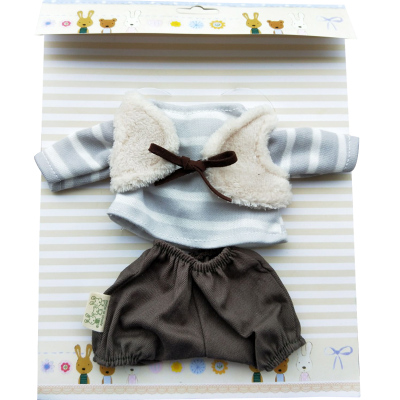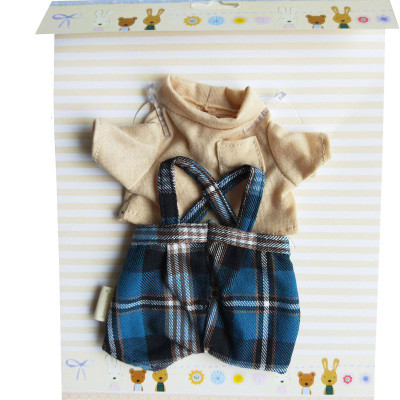New year clothing 1
New year clothing 2
Making Process:
- Apparel Design In general, most large and medium-sized garment factories have their own designer design styles. The clothing design of garment enterprises is roughly divided into two categories: one is the design of ready-to-wear, and according to the ratio of the number of most people, a set of regular sizes is developed for mass production. When designing, not only must choose fabrics, accessories, but also the equipment and workers’ skills of the garment factory; the second category is fashion design, which designs various garments according to market trends and fashion trends.
- Pattern design When the design sample of the garment is confirmed by the customer, the next step is to draw the pattern of different sizes according to the customer’s requirements. A drawing that enlarges or reduces the standard paper pattern, called “pattern grading”, also known as “pushing the file.” Large-scale garment factories use computers to complete the grading work of the pattern, based on different size patterns. Make a production paper and draw a marker.
- Production preparation There are many preparations before production, such as the necessary inspection and testing of fabrics, accessories, sewing threads and other materials required for production, pre-shrinking, and finishing of materials, and sewing of samples and samples.
- Cutting process In general, cutting is the first process of garment production. The content is to cut fabrics, linings, and other materials into garments according to the requirements of discharge and scribing. It also includes discharge, paving, calculating, and grey fabrics. Deduction, arranging, cutting, inspection, numbering, tying, etc.
- Sewing process Sewing is a technically strong and important garment processing process throughout the garment processing process. It is a process of combining garments into garments according to different style requirements through reasonable stitching. Therefore, how to properly organize the sewing process, choose the seams, seams, machinery, and tools are all very important.
- Ironing process After the garment is made, it is ironed to achieve the desired shape and make it look beautiful. Ironing can generally be divided into two types of ironing (medium hot) and garment ironing (high hot) in production.
- Quality Control of Garment Quality Control of garment quality is a necessary measure to ensure the quality of the product throughout the processing. It is to study the quality problems that may arise during the processing of the product and to establish the necessary quality inspection standards and regulations.
- Post-processing, including packaging, storage, and transportation, is the last step in the entire production process. The operator arranges and folds each piece of a finished and finished garment according to the packaging process requirements, puts it in the plastic bag, and then distributes the box according to the quantity on the packing list. Sometimes the garments are also hoisted and shipped, and the garments are hoisted on the shelves and delivered to the delivery location. In order to make the factory deliver on time, catch up with the sales season, after analyzing the characteristics of the garment product’s shape structure, process processing, etc., formulate various production links such as pattern, template design, process specifications, a cutting process, sewing processing, ironing, packaging, etc. Only by standard technical documents can we produce garments that are guaranteed in quality, quantity, low cost and meet the needs of consumers and customers.


